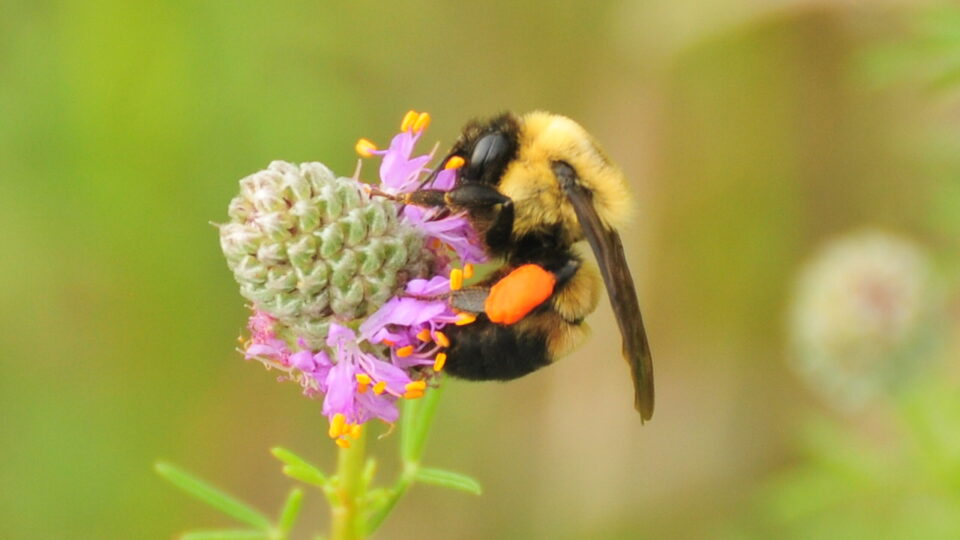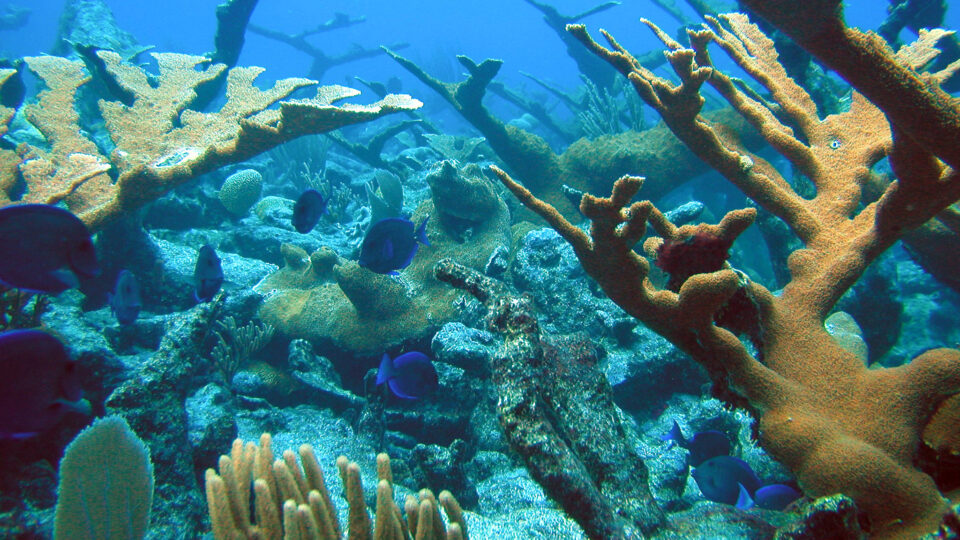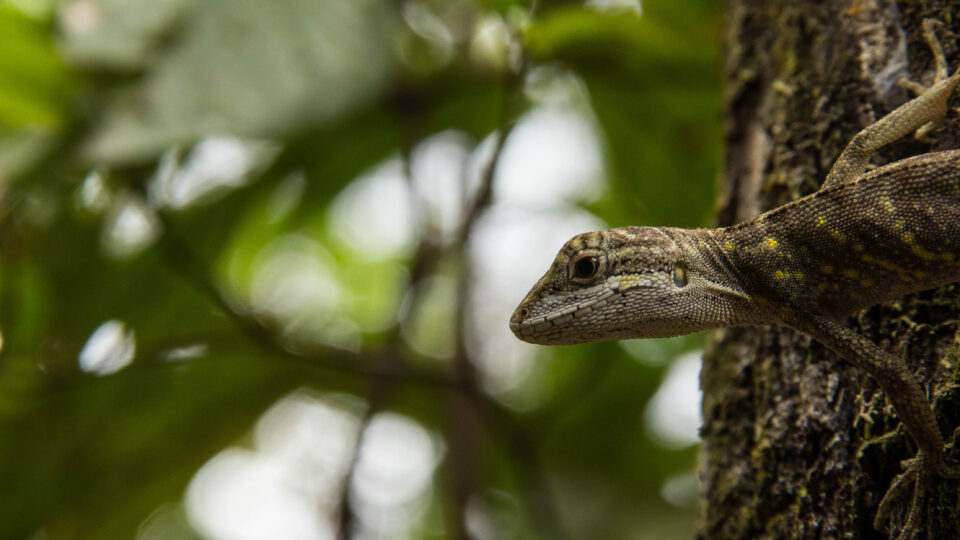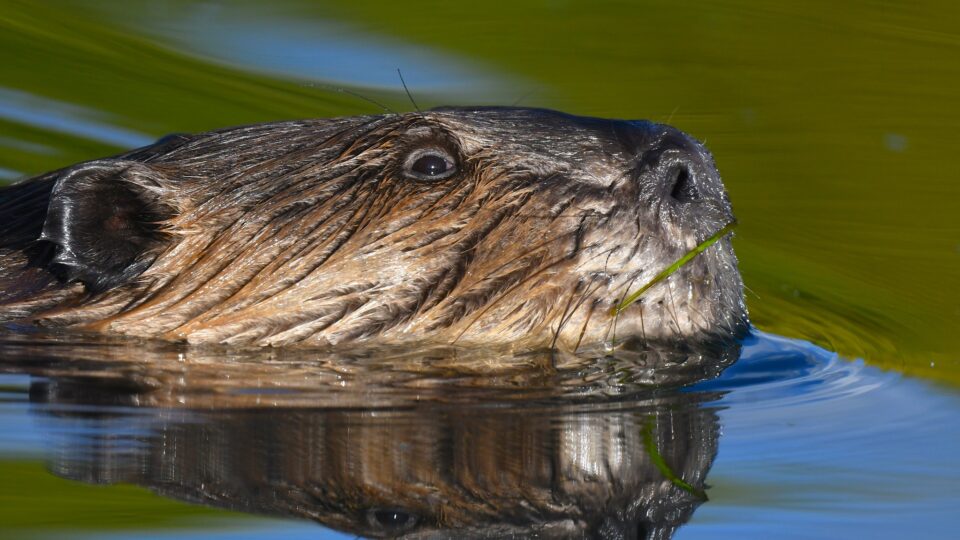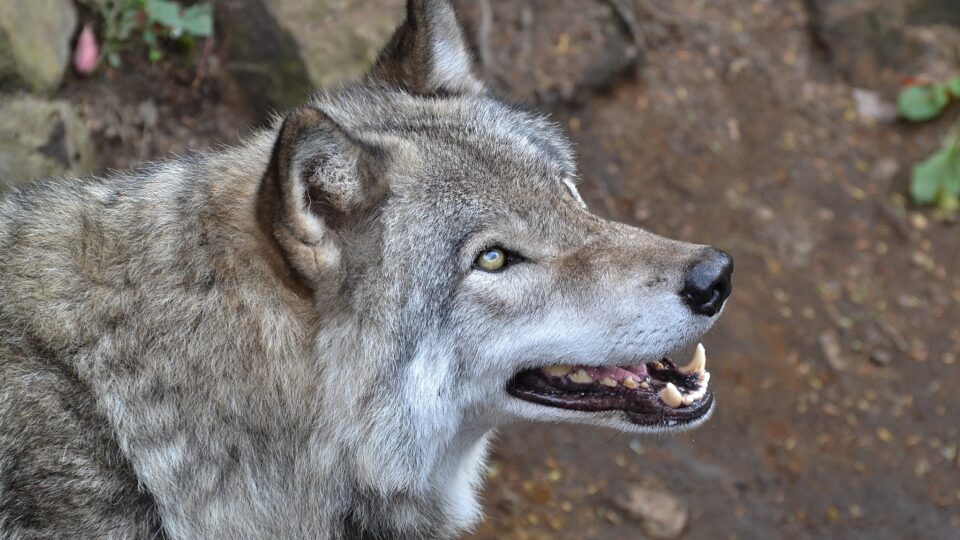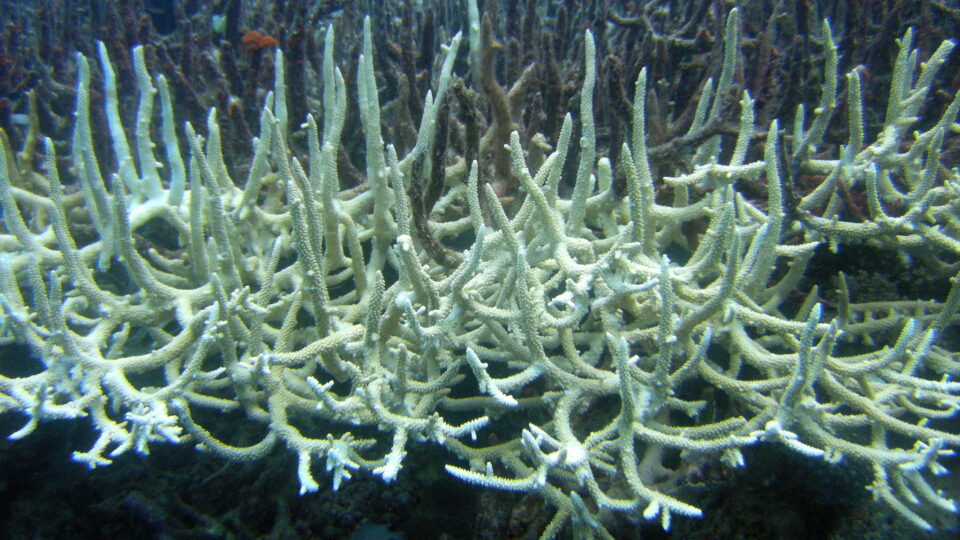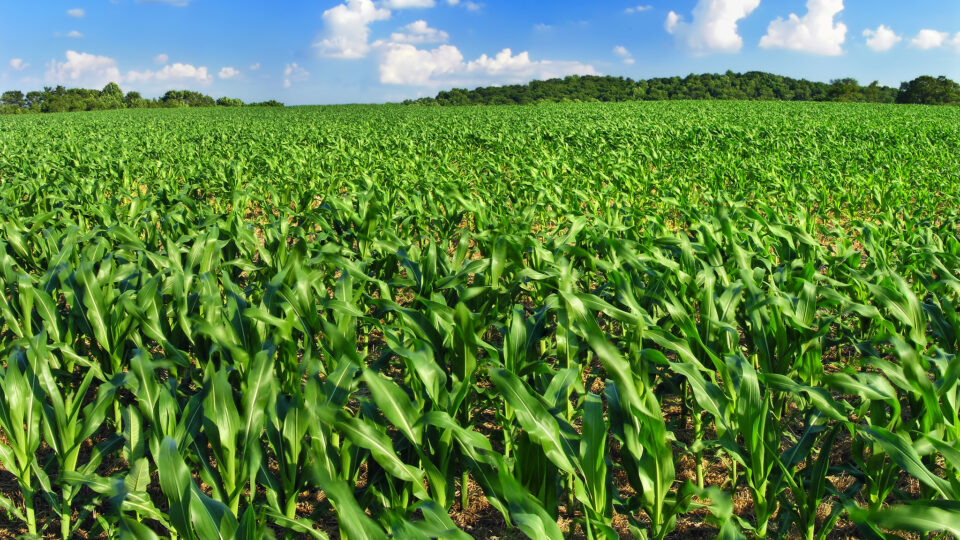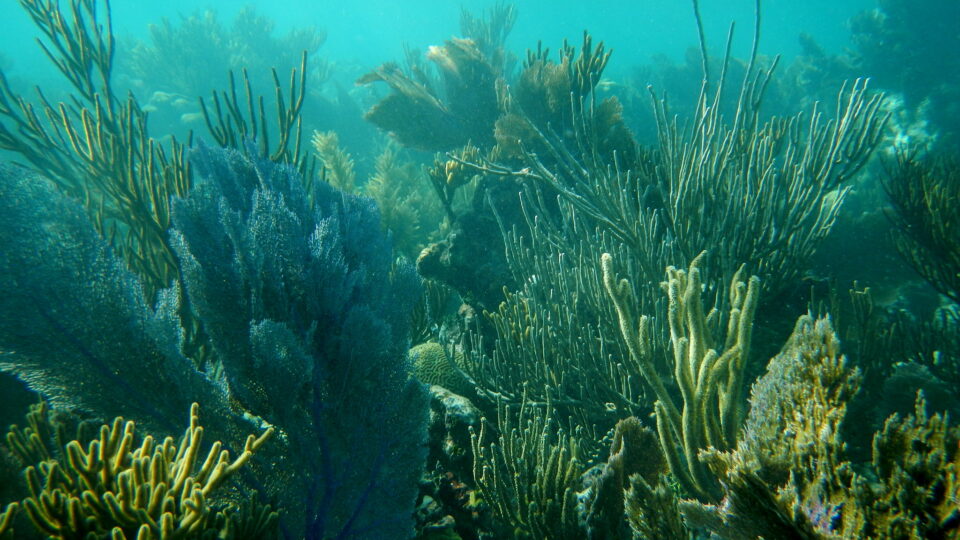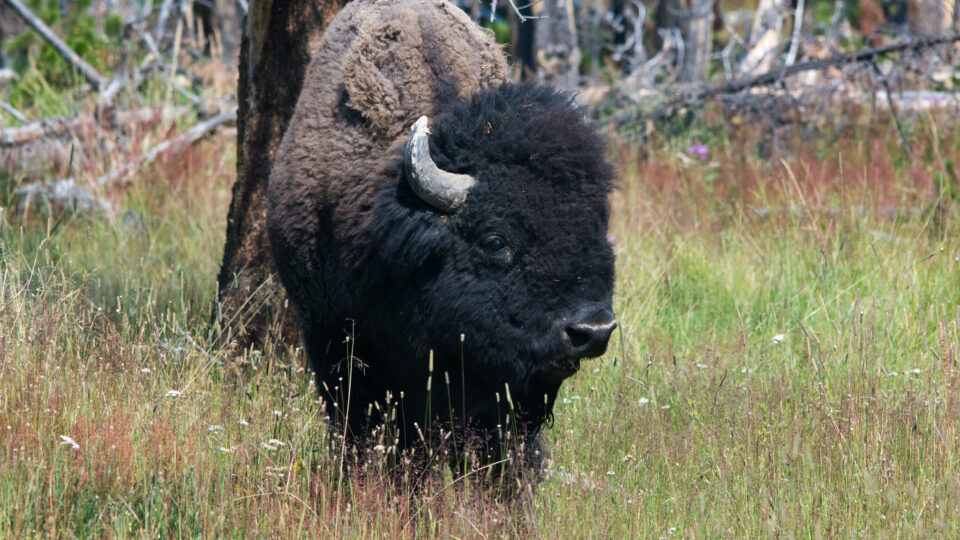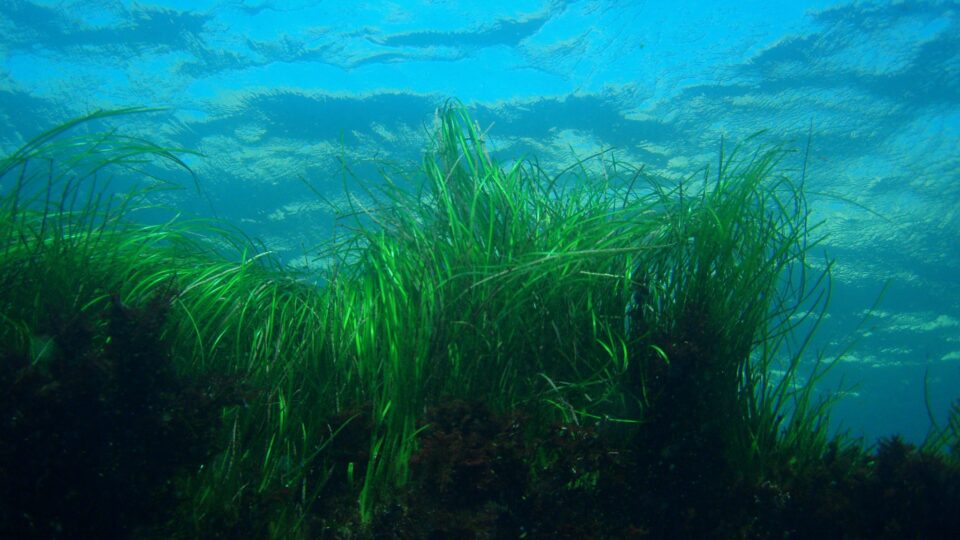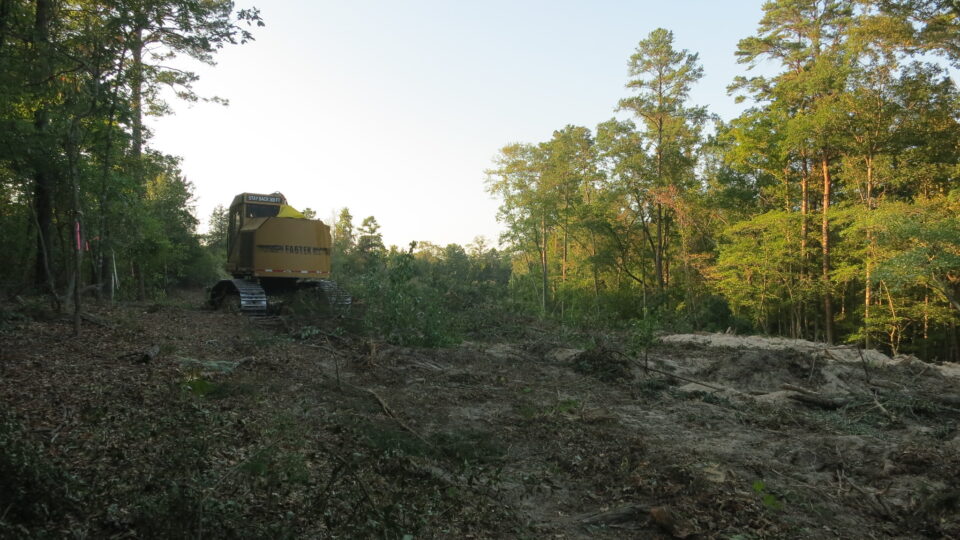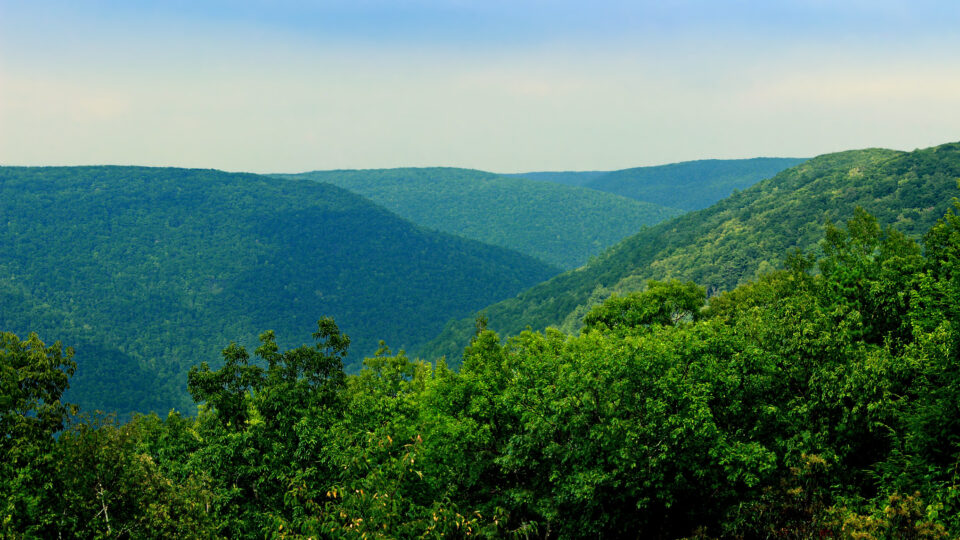Global insect biodiversity has been in decline as a result of habitat loss, pesticide use, and climate change. Restoring insect habitat is a way to reverse that trend. Expanded use of solar energy is a critical part of mitigating climate change. In order to meet the grid decarbonization goals the U.S. has set, approximately 10 million acres of land will be needed for large-scale solar development. According to a new study by Argonne National Laboratory and the National Renewable Energy Laboratory, these two efforts are complementary.
Disturbed lands such as former agricultural fields are ideal locations to install solar panels. These lands can also be established as excellent habitats for insect pollinators and other wildlife that provide important ecosystem services.
A five-year study looked at two solar sites in southern Minnesota that were built on retired agricultural land. The sites were planted with native grasses and flowering plants in early 2018. Over a five-year period, the researchers conducted hundreds of observational surveys for flowering vegetation and insect communities, evaluating changes in plant and insect abundance and diversity.
The team observed increases for all habitat and biodiversity metrics. The total insect abundance tripled, while native bees showed a 20-fold increase in numbers.
The research highlights the relatively rapid insect community responses to habitat restoration at solar energy sites. If properly sited, the solar sites can offset the losses of natural areas created by solar farms and actually make prime farmland more productive through the pollination services provided by habitat-friendly solar energy.
**********
Web Links
Insect populations flourish in the restored habitats of solar energy facilities
Photo, posted February 28, 2014, courtesy of Tom Koerner/USFWS via Flickr.
Earth Wise is a production of WAMC Northeast Public Radio
